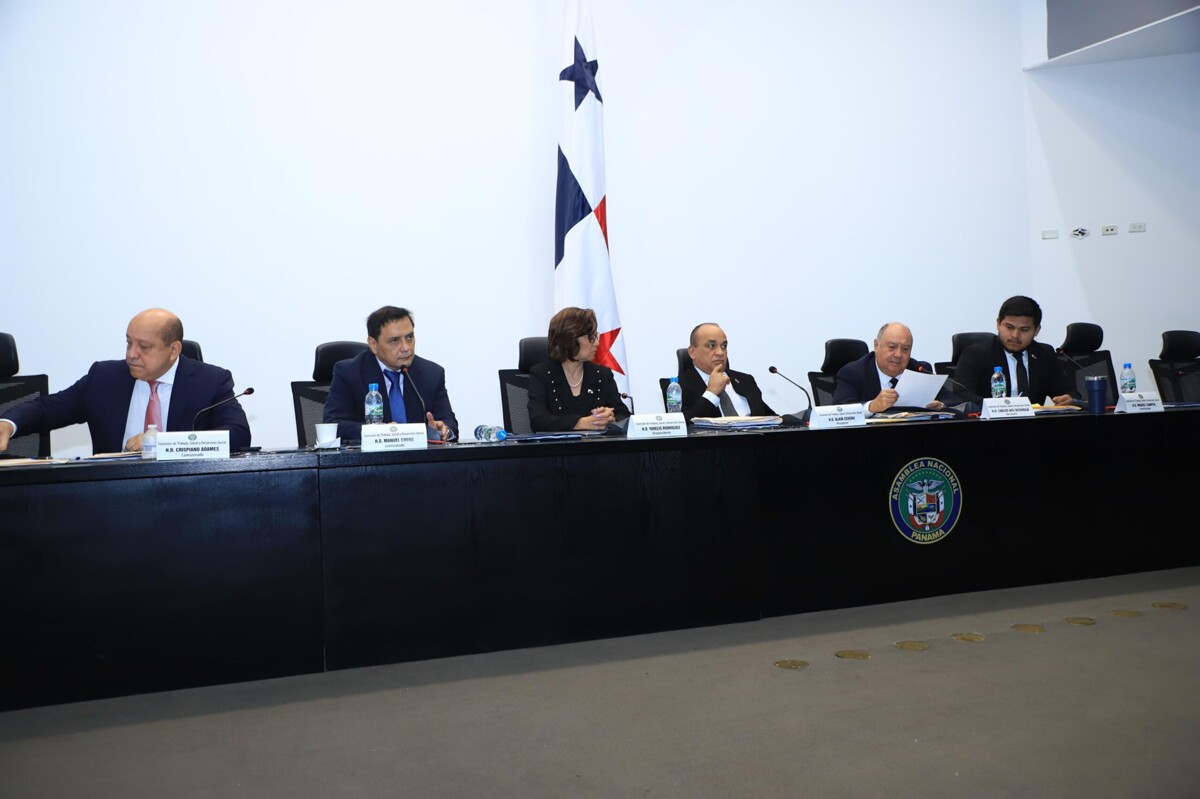
At the start of the second block of the Bill to reform the CSS and oversee the IVM program, the Officialist Block, PRD and VAMOS presented their proposals with a focus on economic sustainability and the management of funds, loans, credits, and investments. Alain Cedeño, president of the Labor, Health, and Social Development Commission, and Carlos Afú Decerega, presented their modifications highlighting investments through state banking.
According to Alain Cedeño, there is consensus that the resources of the CSS should be invested in the country and guaranteed by national banks to provide greater security to the population. Deputy Cedeño also mentioned the possibility of discussing the project on weekends to advance more quickly, assuring that the commission is being efficient with its time without delays.
The proposal from the officialist bloc includes time deposits in state banks at interest rates not lower than those of the local financial market. The Superintendency of Banks would certify the average interest rates monthly. There is also the option to invest up to 10% of the time deposits in loans with mortgage guarantees in Panama or in institutions with international investment-grade risk ratings.
For its part, the PRD proposes that the contributions of independent workers be made monthly with their contributions and establishes the possibility of voluntary savings to encourage savings and increase the capital of the insured. Additional contributions can be made beyond what is requested by the employee for their capitalization.
In summary, the proposals presented by the different blocs seek to ensure the economic sustainability of the CSS, optimize the management of the funds, and promote investment through state banking, guaranteeing the security of the insured populations.














